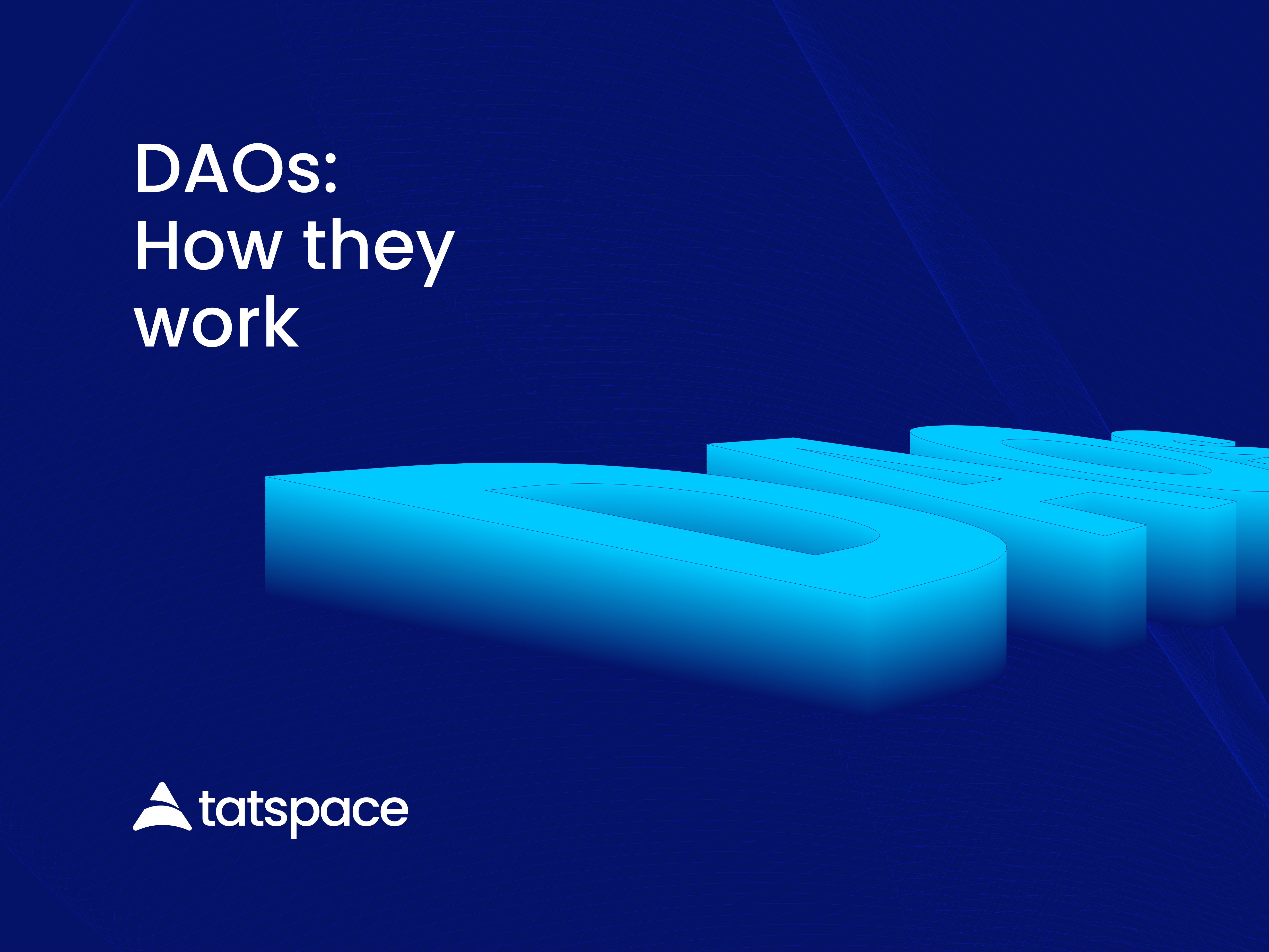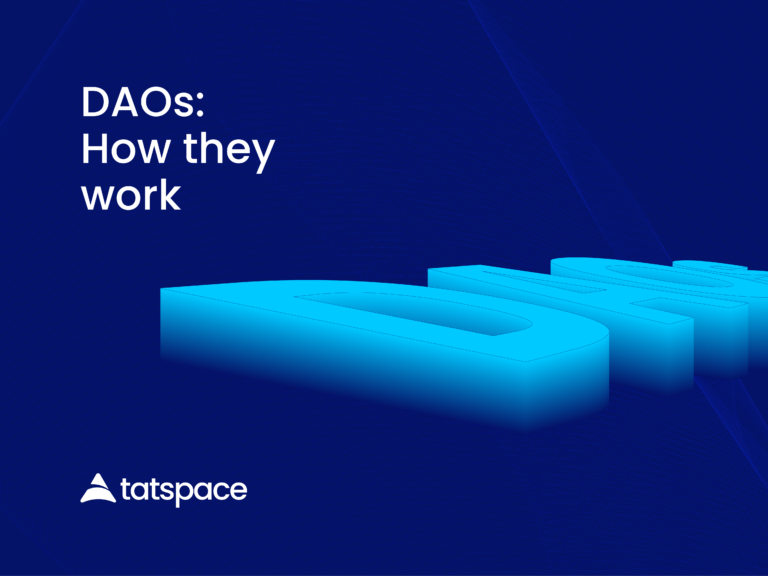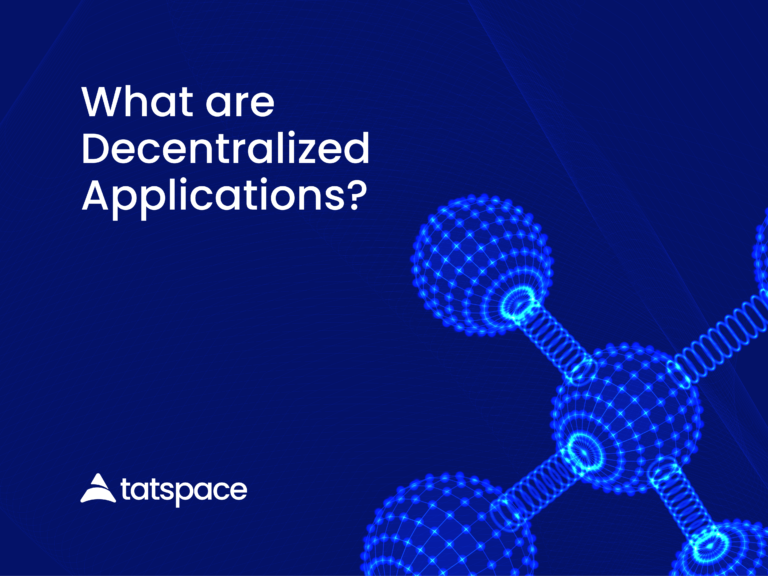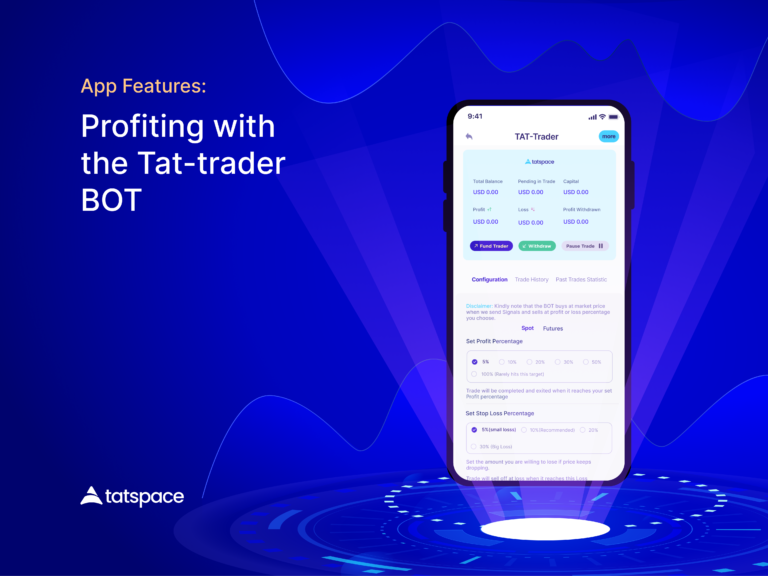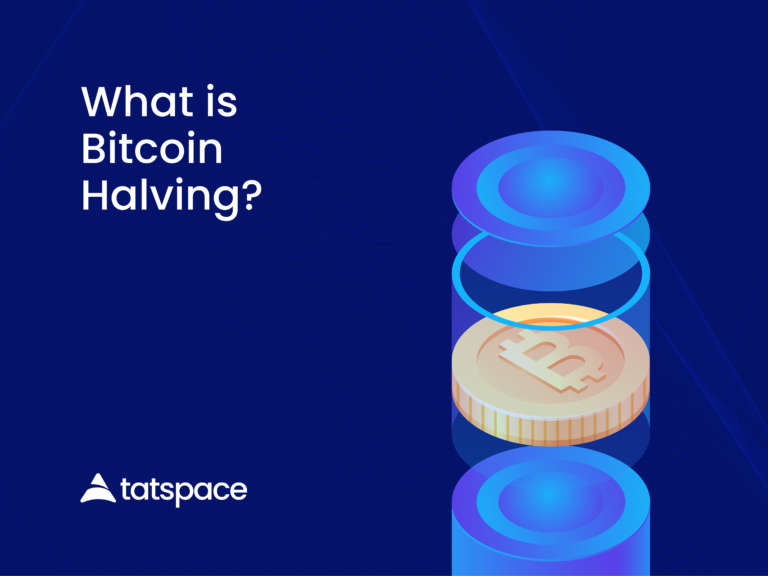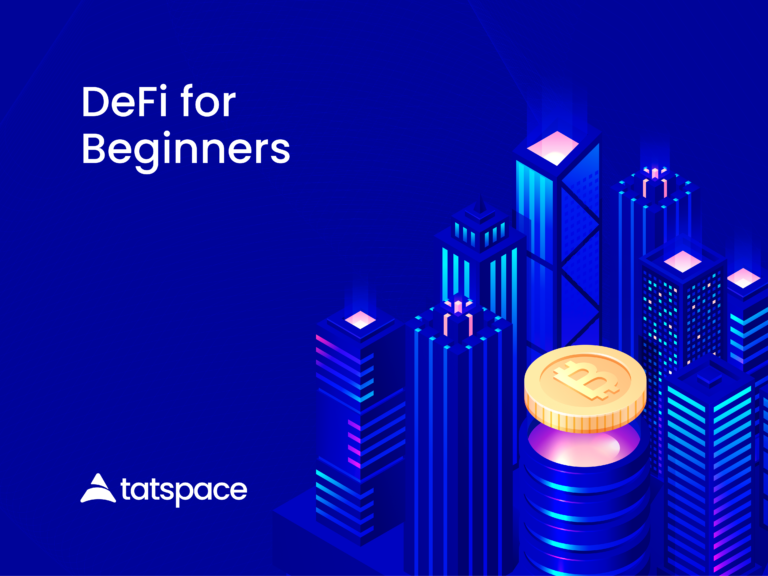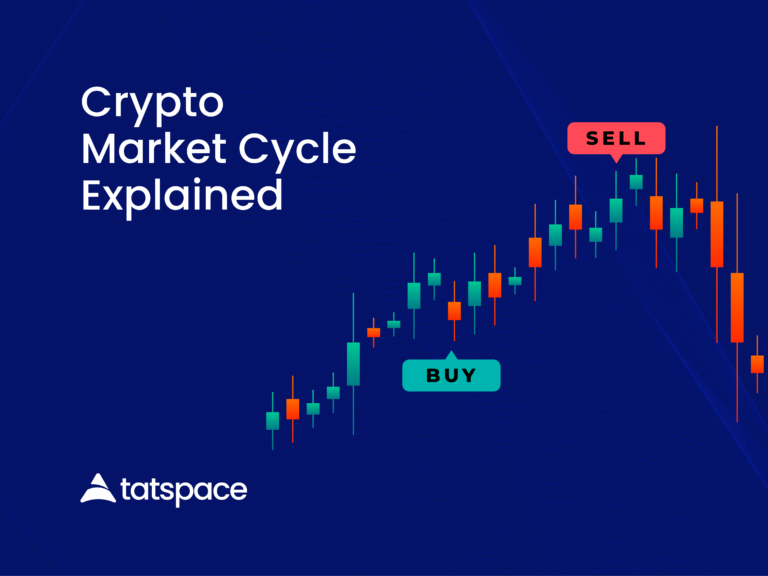With the blockchain came decentralization. This opens the door to a whole new way of doing things in different works of life. For instance, the emergence of DeFi redefined how financial services can be served to the people. In the same vein, the concept of DAO serves to transform the way communities are run. This affects both the management and decision making processes of any organization that keys in. In this introductory piece, I’ll explain the basic things you need to know about a DAO.
What is a DAO?
The acronym represents the concept: decentralized autonomous organizations. It refers to a new way an organization or a community can be run without needing central decision making bodies. Instead of having a hierarchical management system in place, community members or users all play a part. They must vote to pass every proposal prior to their implementation.
Thus, a DAO centers on decentralization. No single individual or founder makes the decision for everyone else. Every individual who has any identity in the organization has a voice which they can always express via community votes.
As an independent and autonomous organization, a DAO do not only reach decisions via communal votes. They are also self funding and self governing following a set of rules. These rules are written in immutable codes available on the open blockchain. Similarly, DAO treasuries are equally under the control of majority of the participants.
How does a DAO work?
DAO operational rules are written in smart contracts. Remember that smart contracts refer to a series of computer codes with instructions that self executes when parties meet certain conditions. Thus, DAOs use smart contracts to automate decision making processes. They also use them to control the communal funding. This makes all transactions transparent as everything is available on a blockchain that all participants can access and audit.
Below is an outline of how DAOs work, beginning from conception to when it’s operational.
1. Developers Create the DAO’s smart contracts
A group of founding members with an idea come together. They develop the DAO by creating a smart contract with set of rules. Then, they publish their goal publicly for all to see and make input. They make changes depending on the feedback they get from the public.
The goal is to make the proposal as attractive as possible to everyone who wants to participate. This is how a DAO community starts – everyone joins because they understand and agree with what it is about.
2. Raising of Funds for the DAO
Next step, the DAO offers the public the opportunity to buy into its token. The members of the public who find the DAO’s proposal interesting gives their fiat or crypto in support. They’ll get the DAO’s governance token as a compensation. This gives them a stake in the DAO when it launches.
Parts of these funds go to the further development of the DAO. Some are go to marketing activities. Others may go to the coming DAO Treasury or for use as incentives to reward community members.
3. Smart Contracts deployment
The DAO’s smart contracts vetted by the public are deployed to the chosen blockchain. At this point, once it is live, the founders or developers no longer have control on how it functions. The management of the DAO now shifts to the people who are part of the community.
4. The DAO operation begins
Decisions on how funds in the treasury can be put to use and how other important communal activities can be done are determined by votes. All members holding a threshold of the DAO’s governance token partake in this voting process. The more tokens a member has, the higher votes they have. Any changes to the DAO’s operation must pass through communal votes. No single person controls the DAO’s operation at this point. No central management system decides nor enforces any rules for everyone.
Thus, a DAO is born – a community that uses codes to govern itself in a pseudo-democratic manner.
Features of a DAO.
Decentralized
No central authority or hierarchical leadership to decide for everyone from outside the community. All participants have the right to vote on every issue at stake. Decisions are dependent on this.
Autonomous
A DAO is self governing. It runs via a set of rules via a self-enforcing smart contract. Members do not need to trust anyone outside the community to manage the system. Everyone participating only trusts the smart contract code.
Accessible
Membership is open to everyone by simply holding the DAO’s governance token or NFT. This does not require human approval as it is available via the Blockchain.
Community Run
Proposals and changes only succeeds through a majority support via community vote by all active members. No individual can impose any proposals on the community unless they have more than half the voting rights.
Transparency
All governance activities and decision making processes are transparent. Fund allocations and transaction records are viewable by all participants. They can be verified on the open Blockchain the DAO was built on.
Common Treasury
DAOs share a common treasury where funds are available on the open Blockchain. Transactions are viewable and traceable on chain. No one spends funds without majority voting to approve.
Types of DAOs
Anything that can exist on the internet now can run as a DAO if the proponents want. Thus, there are many areas where DAOs are playing major part by putting users in charge of decision-making instead of a select group of individuals.
Following are existing types:
Operating System DAO – Others can build DAOs on this type of DAO.
Protocol DAO – A type of DAO that relies on token voting models before advancing proposals.
Investment DAO – A DAO where community members pool funds together to pursue profitable investment opportunities.
Grants DAO – this is a venture capital organization that exists on the blockchain.
Collector DAO – A DAO where community members collectively own valuable NFTs.
There are several other types of DAOs and applications of the term.
Benefits of a DAO
Trustless: No need for trusting an agent or a broker to make decisions for community members. It’s easier to trust the code to do its work.
Inclusive: All participants can join in the processes for reaching a decision regarding any proposal.
Transparency: A DAO entire record of activities and transactions are verifiable on a public Blockchain.
No Human error: Since everything runs on smart contracts, there’s no possibility of lags due to human errors.
Borderless: DAOs have no borders. People from different parts of the world can participate in a its governance activities.
Censorship Resistance: A DAO is available on a blockchain that is not under any one’s control. There is no one to censor participants.
Challenges
There can be delay in decisions, especially when something urgent needs to be done. Sometimes, the number of users that will help pass a proposal are not active.
There’s still some uncertainty as to the legality of a DAO. The regulatory direction countries of the world may take in the future is unknown. And for an organization without borders, this is pretty much hard. Who has the jurisdictional rights to regulate the DAO?
Security risks: Smart contracts are immutable. Changes require community approval. In the event of exploitation of loopholes in codes, the delays in getting votes can make matters worse.
Possibility of Coup – A single entity or group of malicious members can hijack the DAO if they have more votes than the rest of the community. They can force their own rules on everyone else.
Conclusion
The bottom line is that most of traditional systems in place today will do better if decentralized. However, a form of centralization can lead to more efficiency in operational activities. Some even argue that DAOs are not as efficient as when there’s some central authority in place.l

